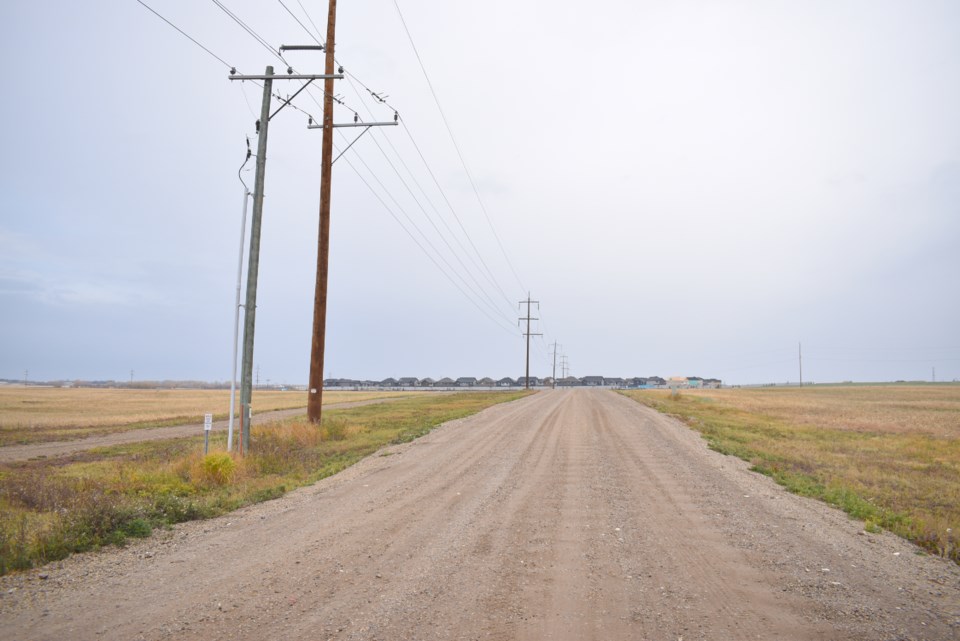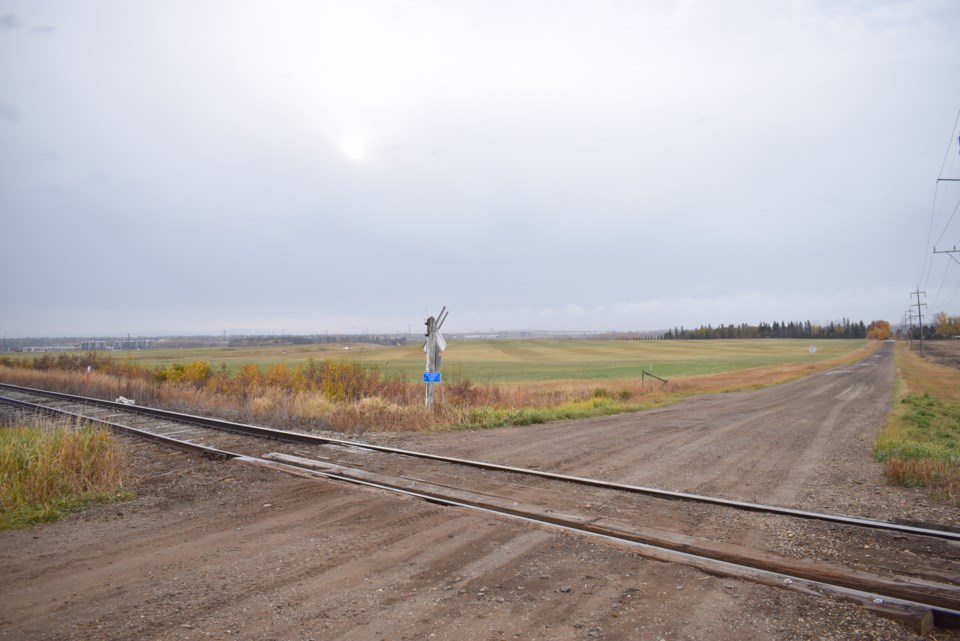St. Albert will borrow millions in hopes of paving the way for 5,000 new jobs in the city’s west-end Lakeview Business District.
City councillors unanimously approved the $62.7 million infrastructure project in order to “open” the light-to-medium industrial park to development at their regular meeting Oct. 15.
They also took the first step to approving a borrowing bylaw for the project that authorizes staff to borrow as much as $78.4 million without coming back for another council vote. Council heard that includes a standard 25 per cent borrowing contingency and doesn’t necessarily mean that amount will be spent. That bylaw will have to survive votes by council after second and third reading before it can be enacted.
The $62.7 million pricetag for the infrastructure needed to make land in the Lakeview District west of Ray Gibbon Drive and south of Regional Road 540 itself has a 25 per cent project contingency built into it, another industry best practice, meaning the final cost to the city could be as low as $44.45 million ($40.45 million for construction plus 10 per cent or $4 million for project management).
The funds to repay the debt for the project would come 76 per cent from off-site levies (OSL) collected as parcels of land throughout the city are purchased and developed and 24 per cent from municipal taxes.
The plan will add 0.6 per cent to the average tax rate in 2027 and another 0.3 per cent in 2028 as construction gets underway.
The funds would be borrowed only when they’re needed at an assumed rate of 5.87 per cent and 20-year terms; a better rate at the time will save the city some coin.
The city expects to collect an average of $37,000 in taxes per developed acre based on 2023 rates, with total revenues over 30 years topping $326 million.

The project will see the city:
- Conduct design and engineering work,
- Buy the land for arterial roads,
- Extend a four-lane Range Road 260 south, which bisects the district,
- Extend a four-lane Meadowview Drive west, which borders it to the south, and
- Build a sanitary lift station and force main.
Coun. Mike Killick said finally saying yes to Lakeview allows the city to leverage the nearly $200 million already invested or planned in west St. Albert and to move the needle toward council’s stated goal of having a 70/30 tax split between commercial and residential ratepayers.
“In 10 years we moved our assessment one per cent,” he said. “This is an opportunity to really make a difference.”
Coun. Sheena Hughes said there’s no way to avoid having some risk when front-ending a large-scale infrastructure project.
“This entire thing was ‘how do we develop this while minimizing the risk to taxpayers … and still achieving the goal of developing that land,’ because we do have a need for industrial land,” she said.
St. Albert only has about 20 acres of industrial land, and some of that is in parcels that are partial or distressed, requiring some remediation. The industrial land vacancy rate in the city has been 3.9 per cent on average for the last four years, including a six-month period where it was below one per cent, “which is essentially no vacancy,” according to Michael Erickson, the city’s director of economic development.
Demand is strong, with a record absorption level for industrial land of 20 acres per year since 2020.
Coun. Ken MacKay said a serviced Lakview could generate “massive, even generational economic impacts.
“It goes toward supporting long-term financial sustainability for our community.”




